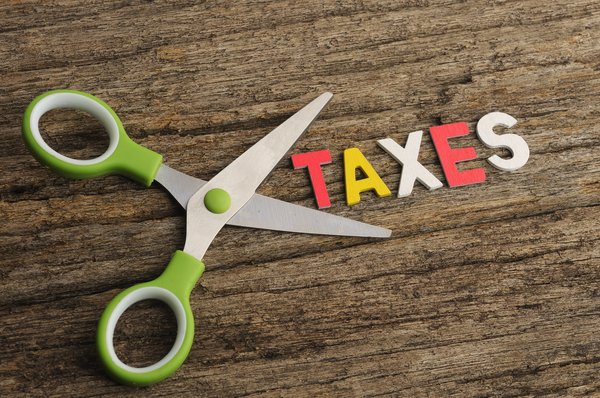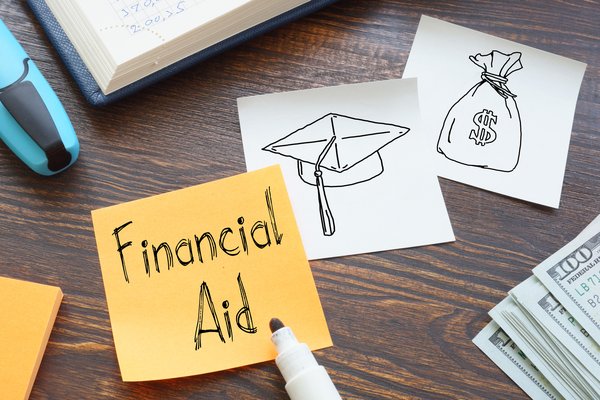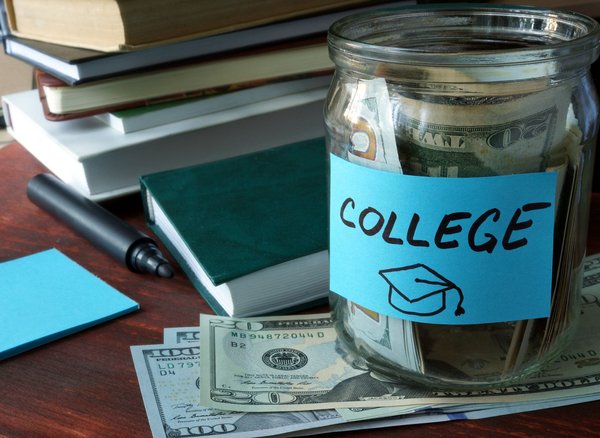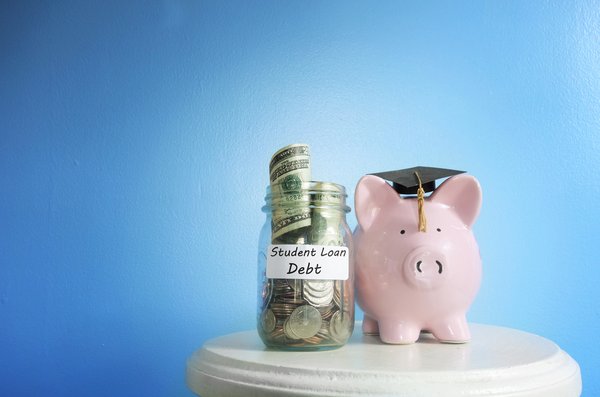
There are two main types of federal direct student loans available to current students at U.S. colleges and universities: Direct Subsidized Loans and Direct Unsubsidized Loans. Both have quite a bit in common and are available only to students enrolled at least half-time at a college or university participating in the federal direct loan program.
Interest Rate
In most cases, students must be enrolled in a program that will ultimately lead to a degree or professional certificate of some kind. They have the same interest rates, set annually by the Department of Education, and a loan fee of 1.057% of the initial amount borrowed. However, there are some key differences borrowers must know. We'll cover those and the pros and cons of each loan type in this article.
Subsidized versus unsubsidized student loans
Subsidized versus unsubsidized student loans
Direct Subsidized Loans, also known simply as subsidized loans, are federal student loans designed to help borrowers who have a demonstrated financial need. While the term unsubsidized loan can technically refer to any student loan for which the borrower is responsible for all interest, it is typically used to refer to Direct Unsubsidized Loans.
As mentioned, the two loan types share quite a few similarities but also some key differences. The main difference is that the government pays the interest on subsidized student loans while the borrower is in school, on a grace period, or in a qualified deferment. In contrast, unsubsidized loan borrowers are responsible for all the interest on their loans, regardless of repayment status.
Both also have the same interest rates, which are set annually. For 2023, undergraduate borrowers pay 5.5% on both subsidized and unsubsidized loans, while graduate borrowers can obtain unsubsidized loans with a 7.05% interest rate.
This chart breaks down some of the important qualifications and differences to know:
| Qualifications and Differences to Know | Subsidized Student Loans |
Unsubsidized Student Loans |
|---|---|---|
| What do you need to qualify? | Completed FAFSA and at least half-time enrollment in an undergraduate degree or certificate program. | Completed FAFSA and at least half-time enrollment in a degree or certificate program. |
| How much can you borrow? | Borrowing limits depend on the years in school and dependency status: aggregate limit of $23,000 (undergrad) or $65,500 (graduate students). (Note: Graduate students could only obtain subsidized loans prior to July 2012.) | Borrowing limits depend on the years in school and dependency status: aggregate limit of $57,500 (undergrad) or $138,500 (graduate students). |
| How does interest work? | The government pays the interest while in school and on qualified deferments. You pay the interest during your repayment period. | You are responsible for the interest on an unsubsidized loan at all times, even the interest that accumulates while you're in school. |
|
Who can borrow? |
Undergraduate borrowers who can demonstrate financial need. | Undergraduate and graduate/professional borrowers regardless of demonstrated financial need. |
The main differences between subsidized and unsubsidized student loans
The main differences between subsidized and unsubsidized student loans
Subsidized student loans are available to students with a demonstrated financial need. However, it is a bit difficult to quantify what this means. Financial need is determined using the information provided on the student's Free Application for Federal Student Aid (FAFSA), but the eligibility for each loan type is determined by the school itself -- not by the government.
This certainly makes sense. After all, there's a lower threshold for "financial need" when attending a school whose tuition is $10,000 per year than at one with a tuition of $30,000 per year. But the point is that you won't know whether you are eligible for subsidized loans until you receive your financial aid offer letter from your school.
The biggest difference between the two loan types is that the government pays the interest on subsidized student loans while the borrower is enrolled in school at least half-time, is in the six-month grace period after graduating or leaving school, or is in a loan deferment.
With unsubsidized loans, although borrowers won't have to make monthly payments during those periods, interest will still accumulate and be added to the loan balance at the end of the period. For example, if you obtain a $5,500 subsidized student loan in your junior year at a university, you won't have to start repaying the loan until six months after you graduate (or leave school, whichever comes first).
And when you get your first bill, your outstanding balance will be $5,500 -- no interest will be tacked onto the principal. If you obtain a $5,500 unsubsidized loan, your balance could be significantly higher by the time you start repaying it.
Another key difference is how much you can borrow. These not only vary based on the borrower's year in school and dependency status but also have different limits for subsidized and unsubsidized loans. For example, a first-year undergraduate student can borrow as much as $5,500, but no more than $3,500 can be in subsidized loans.
This means that even if a student demonstrates extreme financial need, the most they can receive in subsidized loans for the entire school year is $3,500. They can receive a $2,000 unsubsidized loan as well. Or if a student has no demonstrable financial need, they can still use the $5,500 limit, but the entire loan will be unsubsidized.
Is it better to get subsidized or unsubsidized loans?
Is it better to get subsidized or unsubsidized loans?
All other factors being equal, subsidized loans are better. In other words, if you need to borrow $5,000 toward the cost of your education, you obviously want the kind of loan where interest isn't accumulating during school.
Having said that, the loan limits associated with subsidized loans are relatively low compared with the cost of attending most colleges and universities. Plus, not everyone can qualify for them. So the better choice for you could actually be a combination of the two or simply using unsubsidized loans.
The key point is that if you need to borrow money for school and are offered subsidized loans, there isn't any scenario in which it would make sense to turn them down in favor of unsubsidized loans.
The bottom line on subsidized and unsubsidized loans
Subsidized and unsubsidized loans are the two main varieties of federal student loans used to pay for higher education in the United States. Subsidized loans are slightly more favorable due to the government paying the interest during certain periods.
However, both types of federal loans are available to students enrolled in degree and certificate programs. They don't require credit checks, and federal student loans have certain benefits, such as the ability to enroll in income-driven repayment and eventually qualify for loan forgiveness programs.
FAQs: Subsidized versus unsubsidized student loans
Which is better: subsidized or unsubsidized loans?
Subsidized loans are slightly better than unsubsidized loans because the government foots the bill for the interest that accumulates while the borrower is in school, a grace period, or deferment. Both are federal student loans with certain benefits, including the ability to enroll in income-driven repayment plans, qualify for loan forgiveness programs, and utilize deferments and forbearance to postpone payments.
Do you repay subsidized loans?
Subsidized loans must be paid back unless you qualify for a loan forgiveness program, such as Public Service Loan Forgiveness (PSLF). The government pays the interest on subsidized loans while you're in school and during the subsequent six-month grace period, but repayment will begin afterward.
Do you pay back unsubsidized loans?
You must repay unsubsidized loans unless you qualify for a loan forgiveness program, such as Public Service Loan Forgiveness (PSLF). Repayment isn't required while you're enrolled in school on at least a half-time basis nor for the six months afterward, but monthly payments are required thereafter.




























